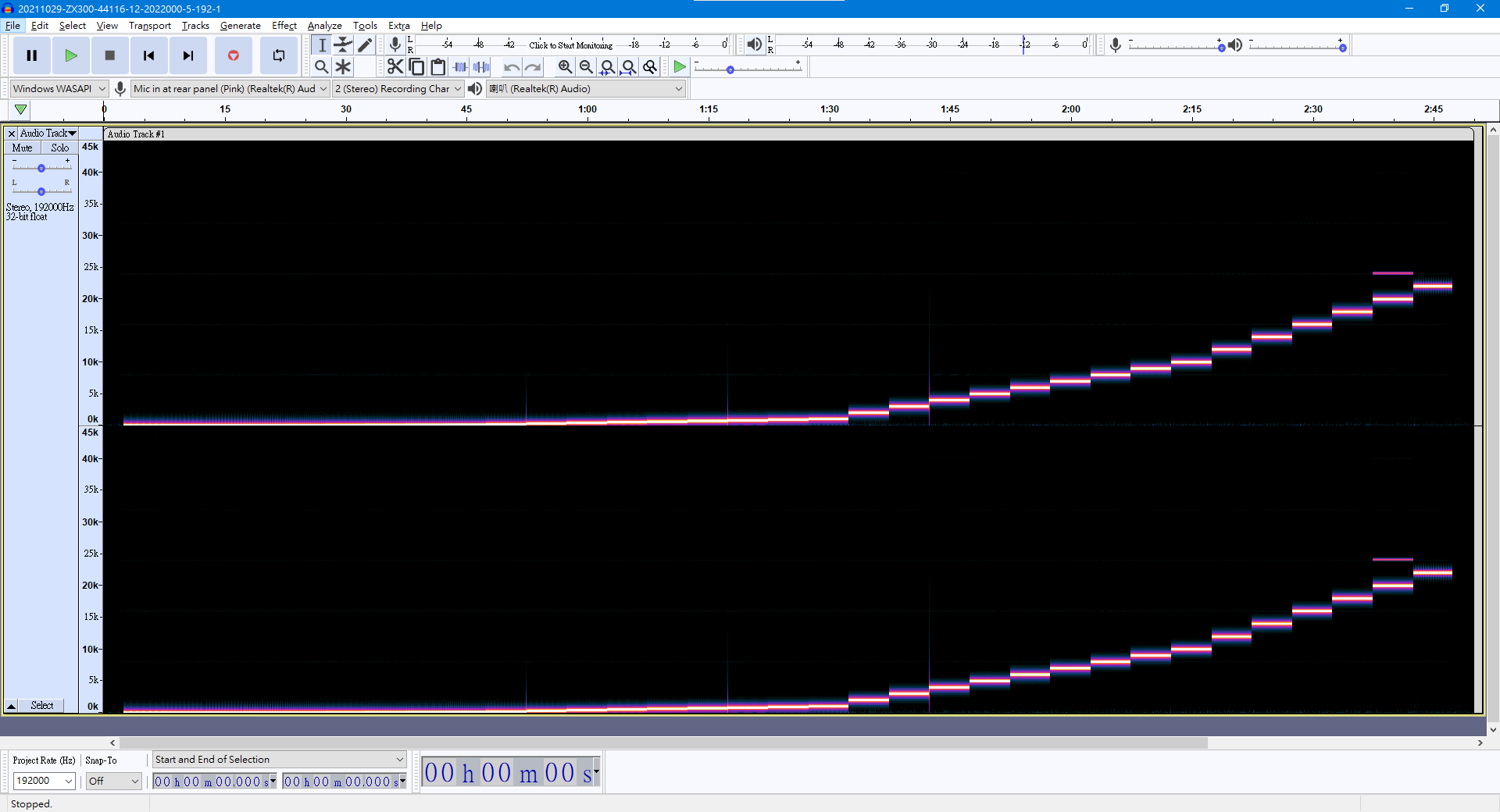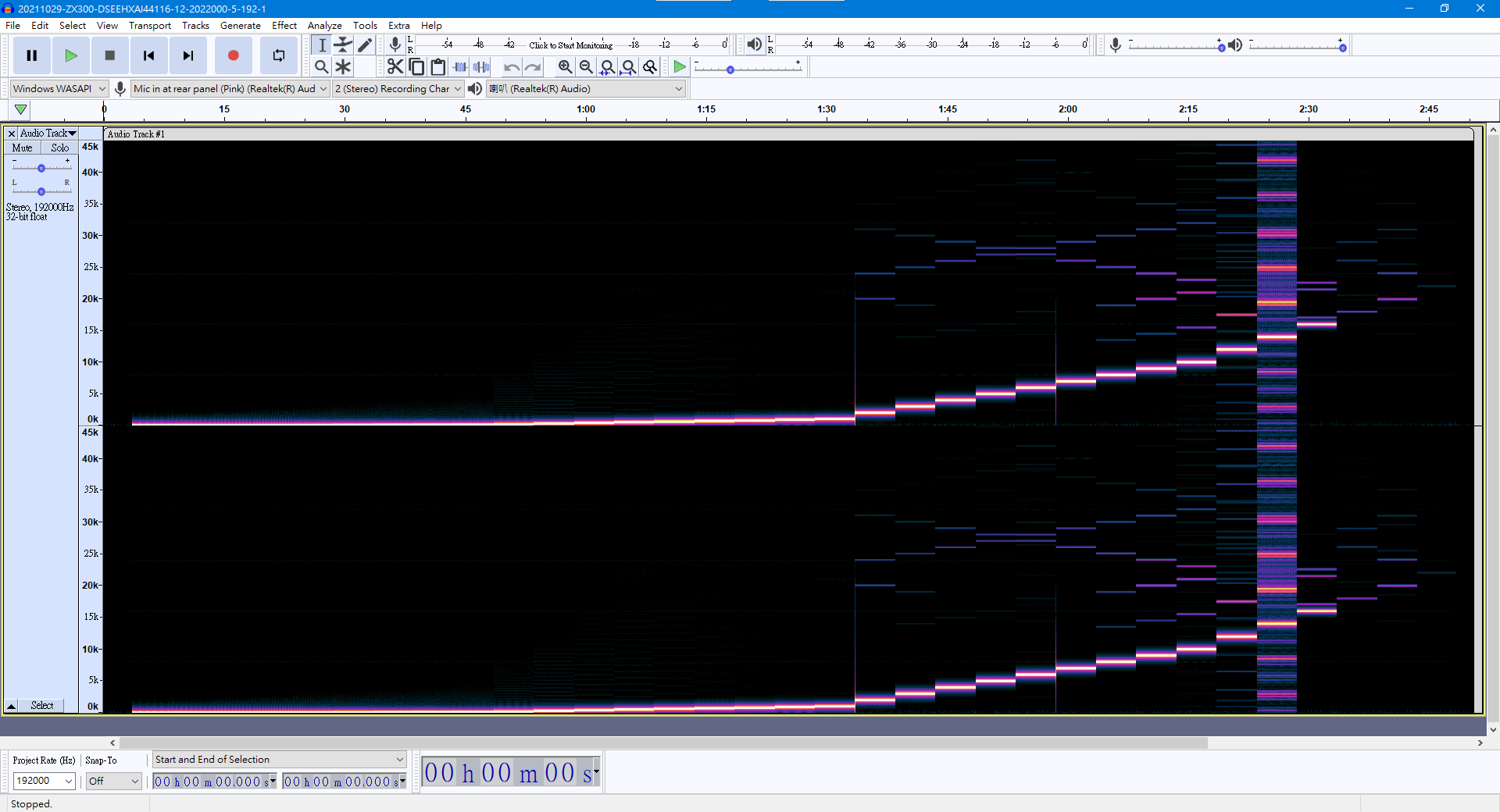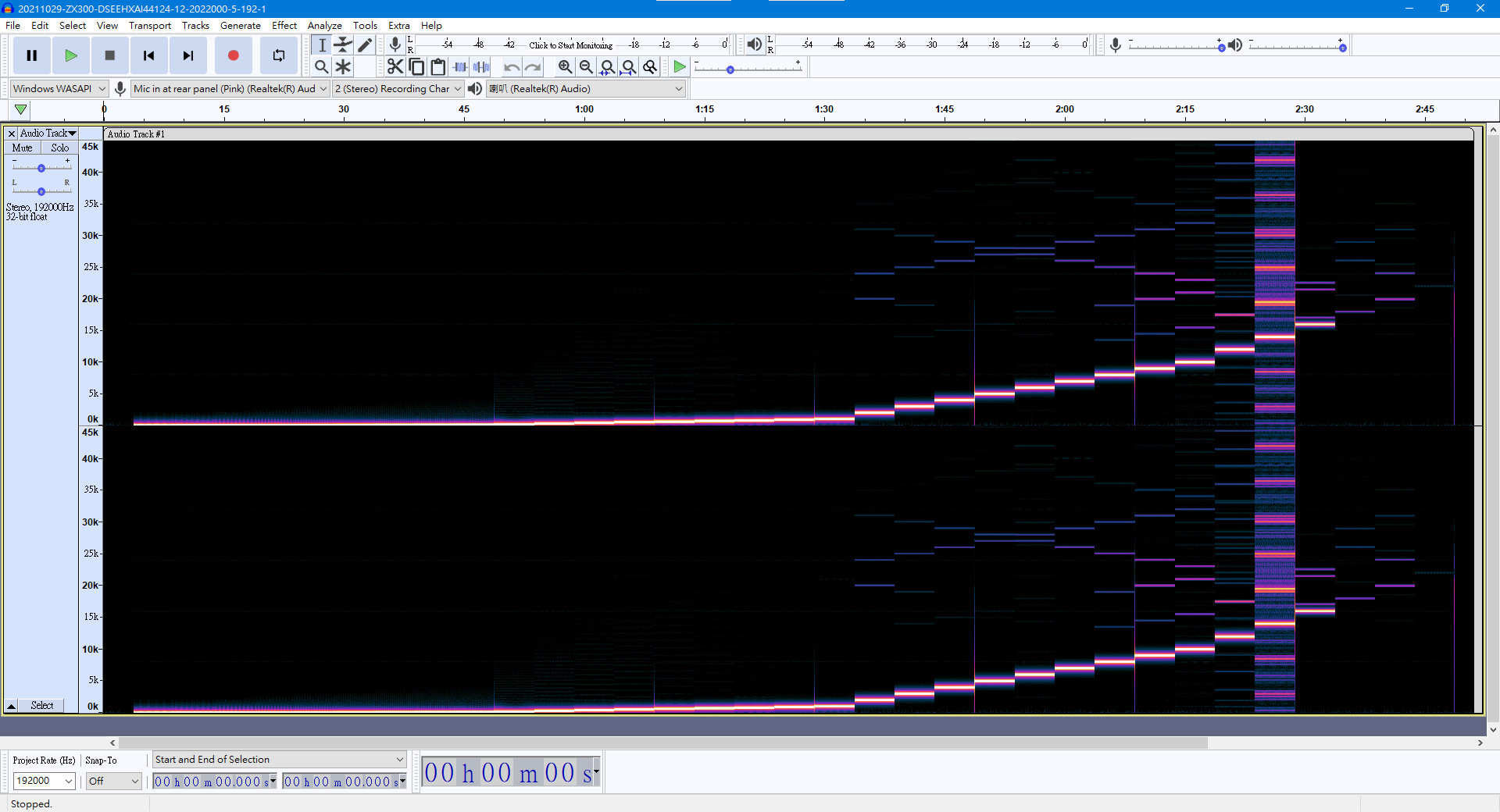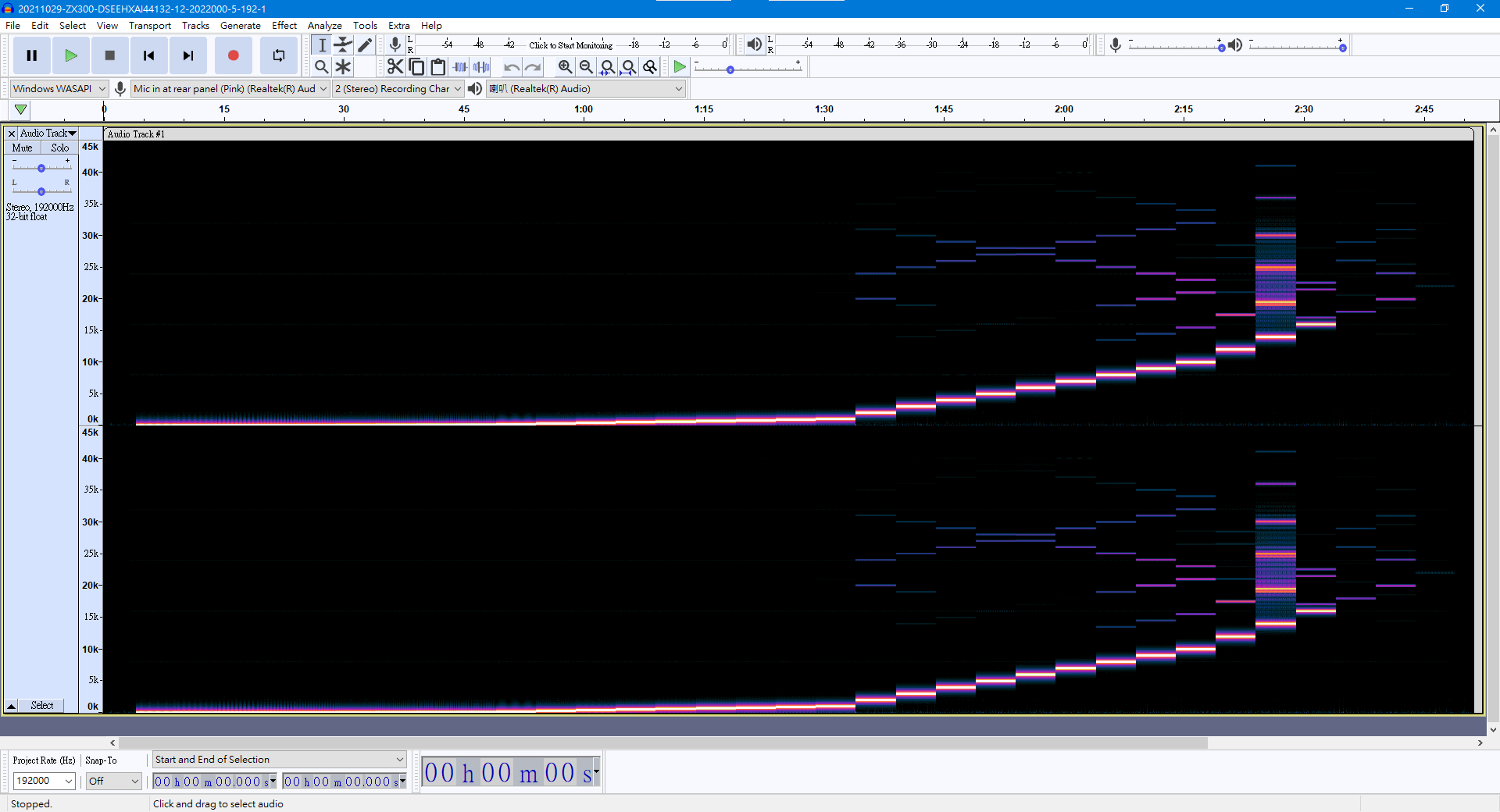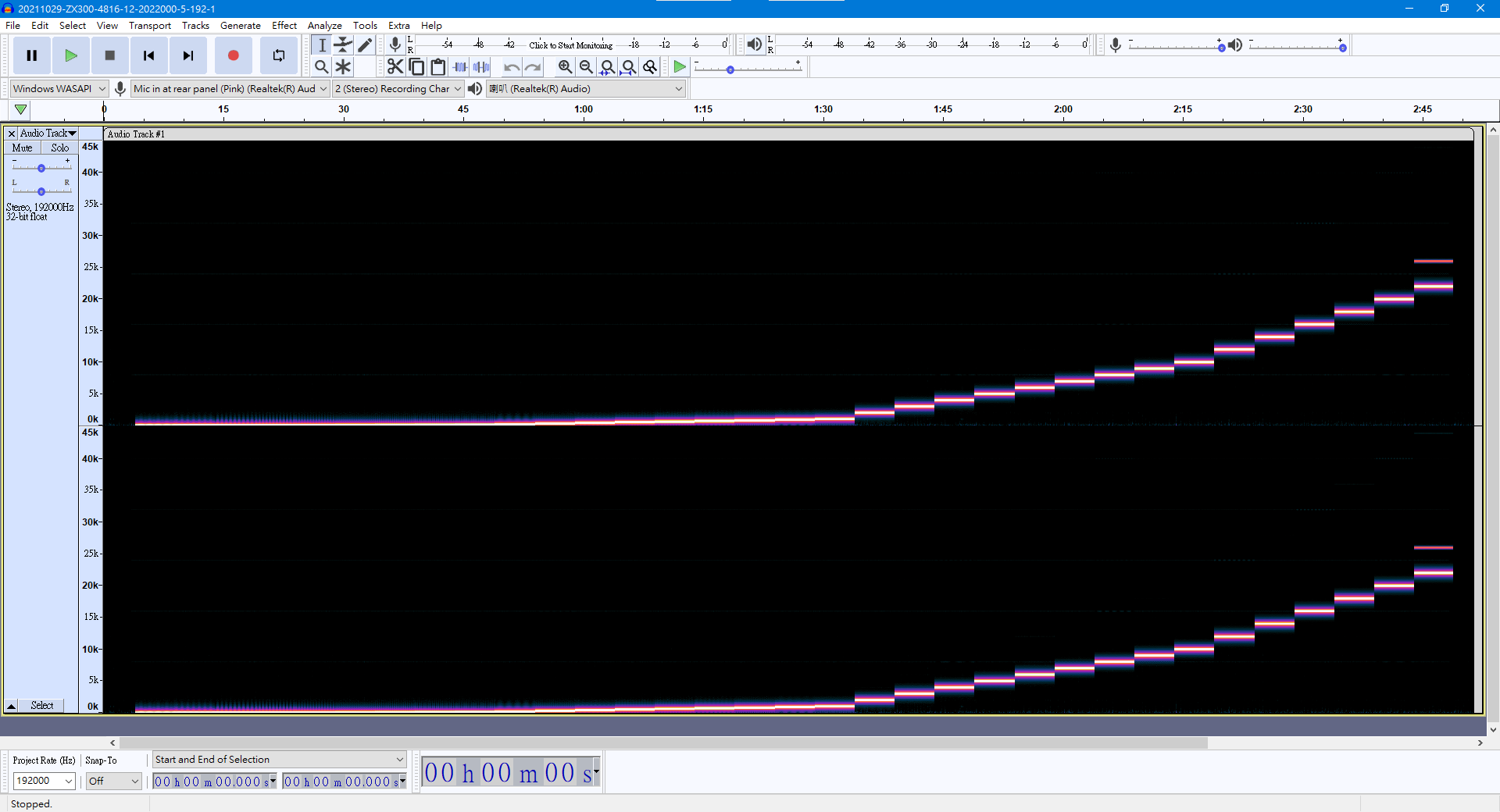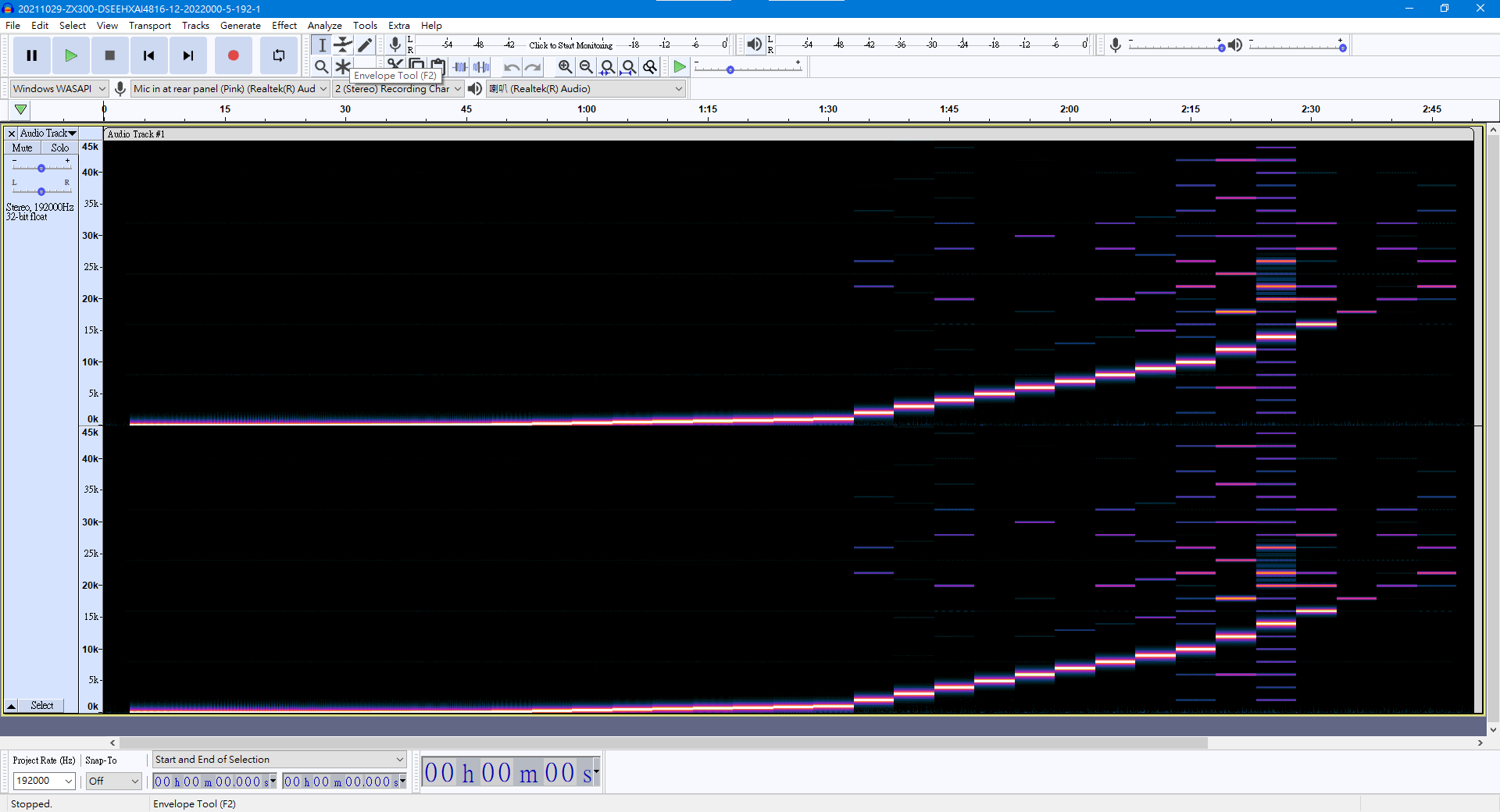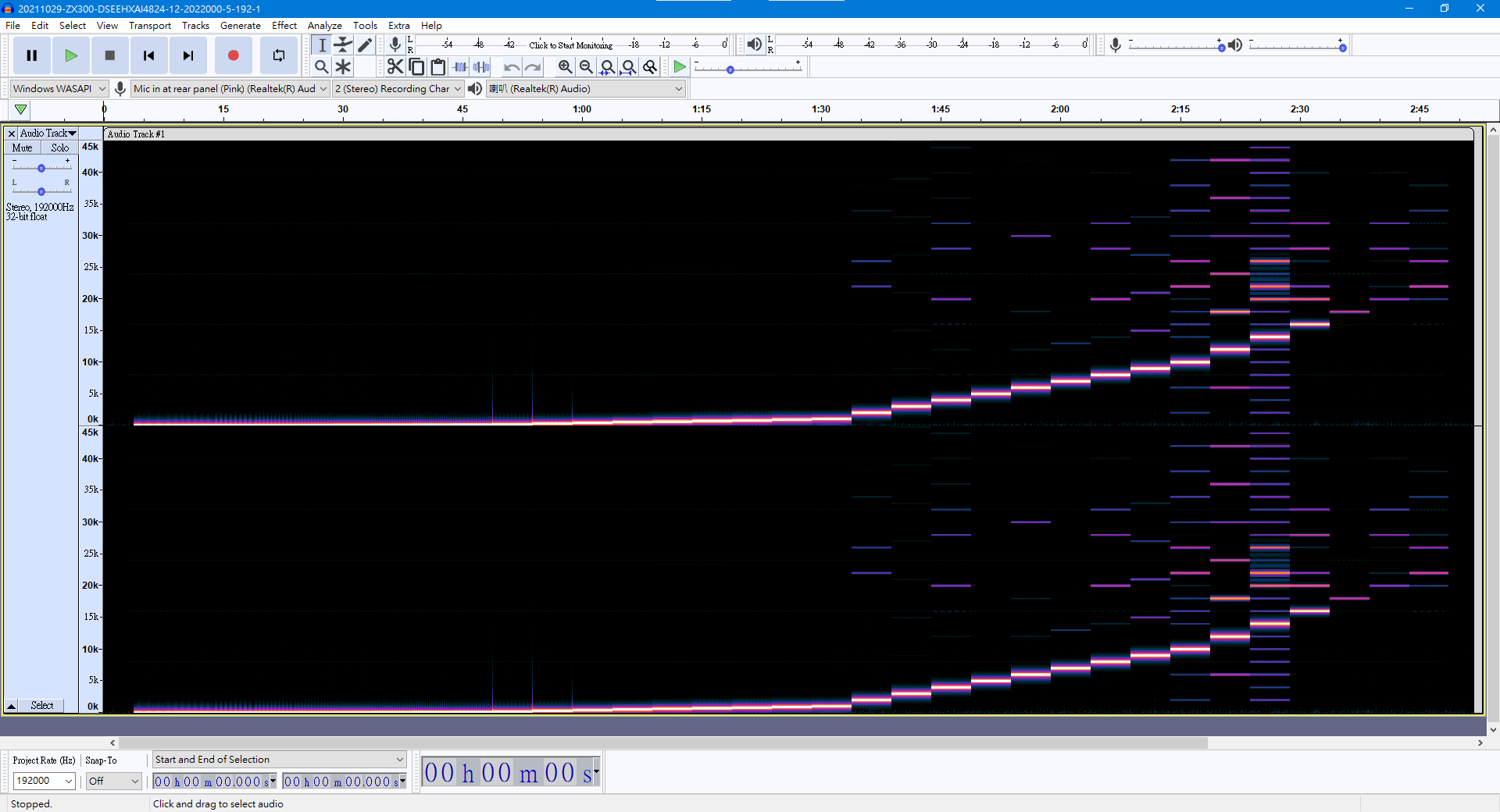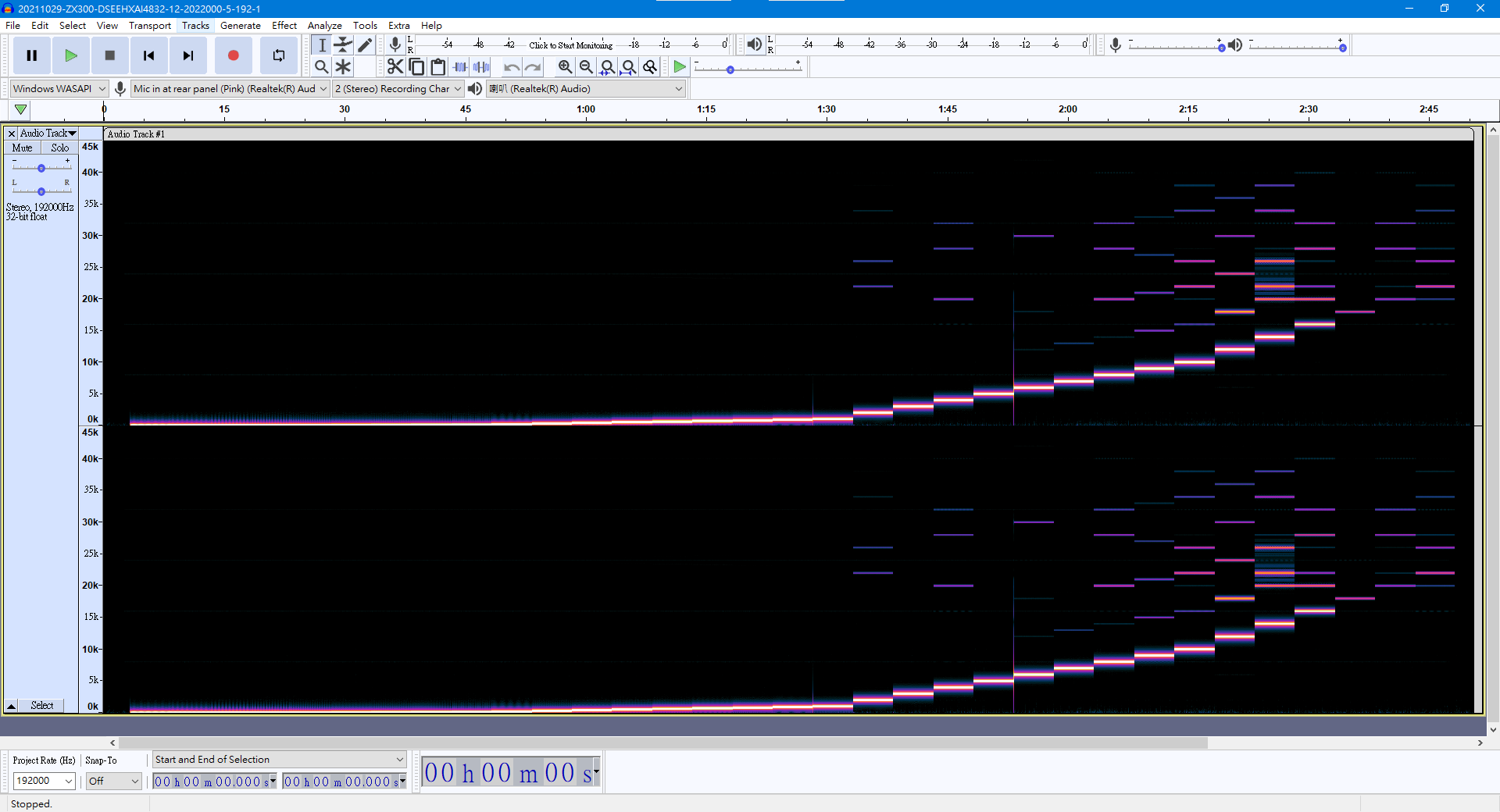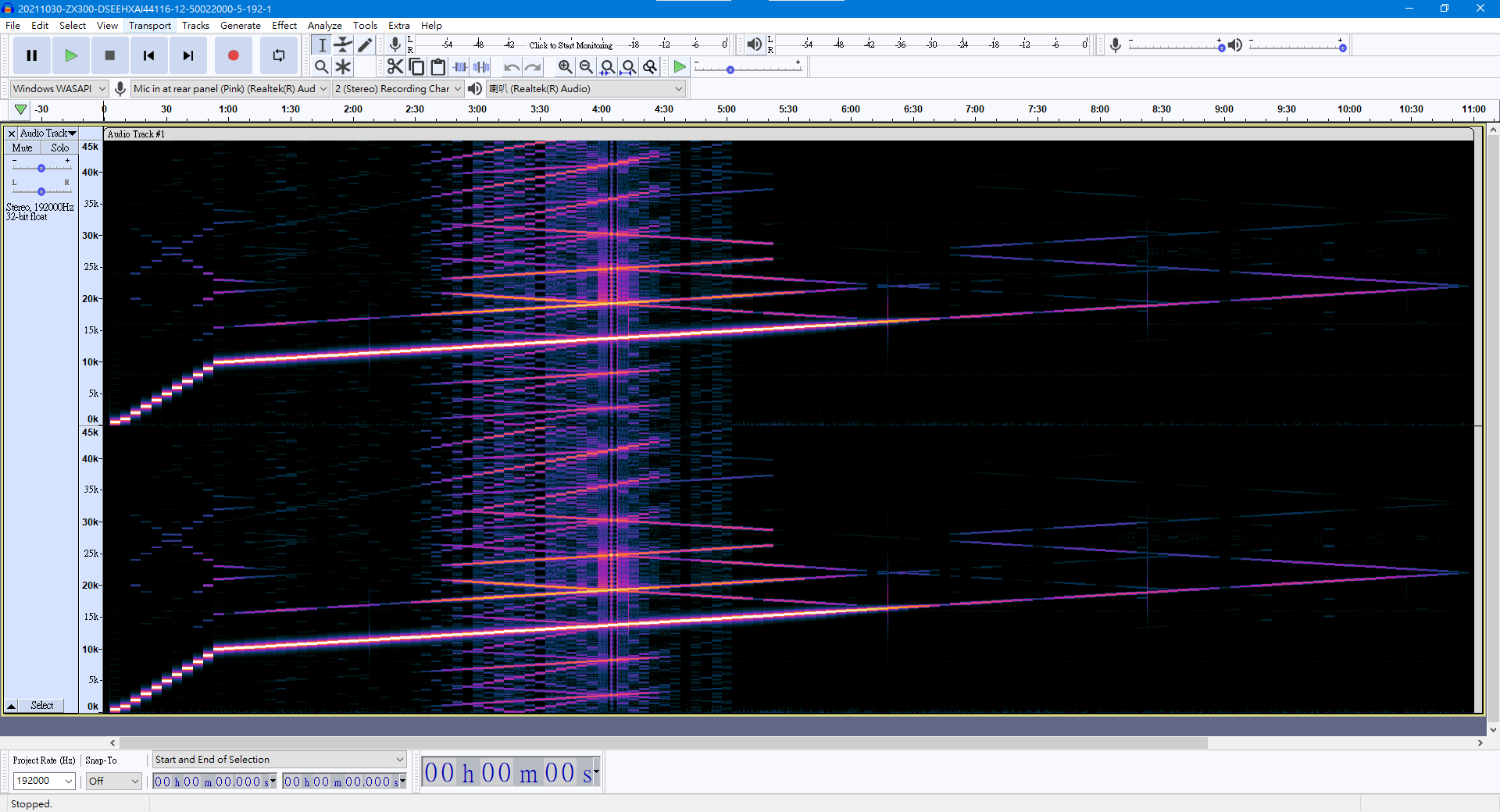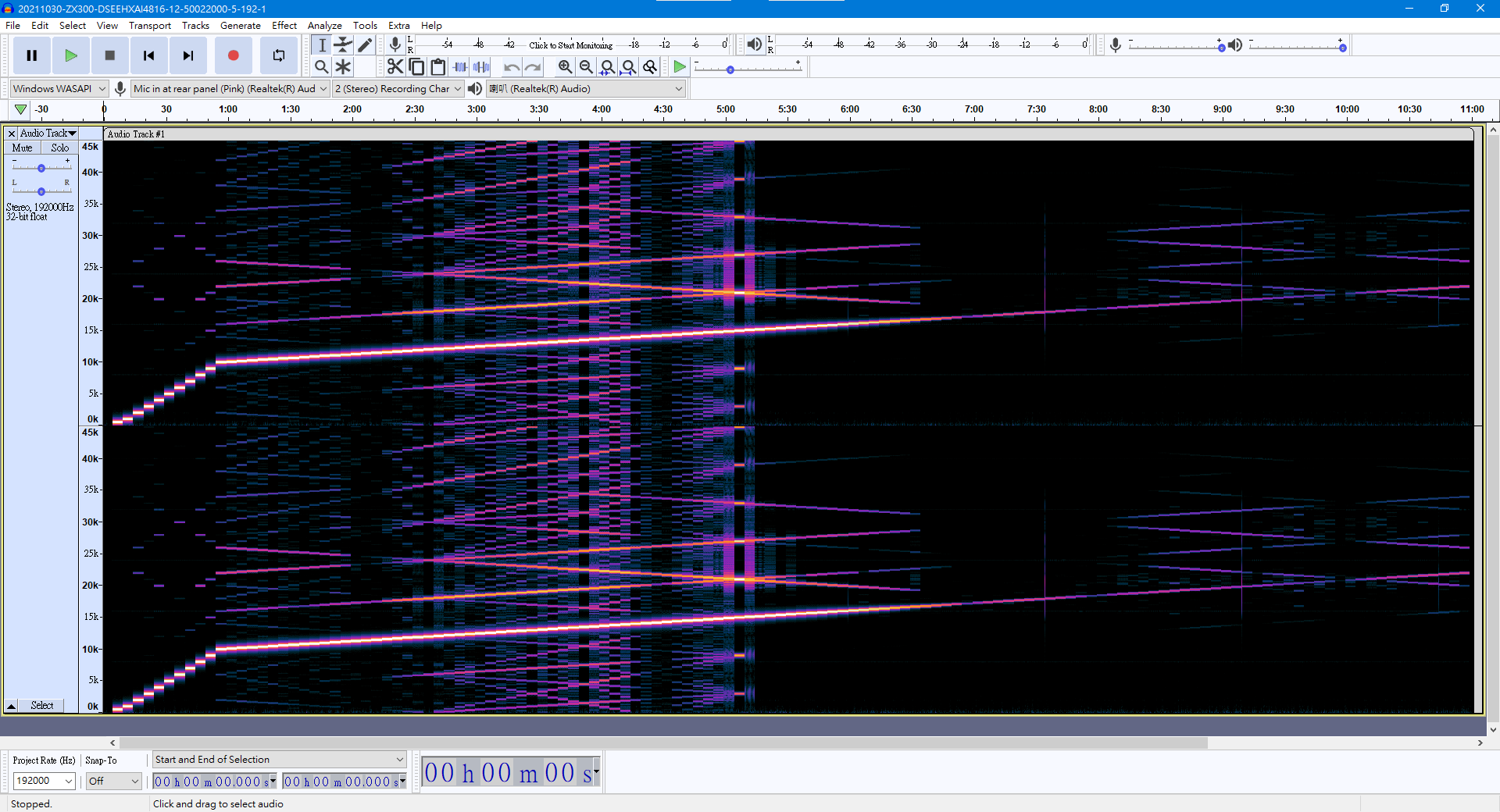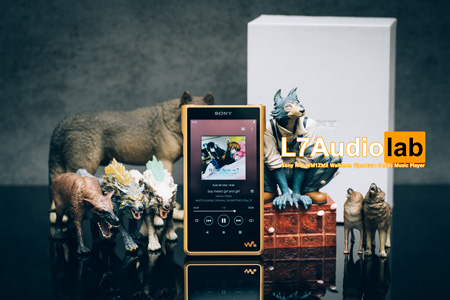I wish Spek had a scale resize option, I don't know any other tool that resizes scales. I always wondered what DSEE Ultimate would sound like versus standard DSEE HX.Your graphs are pretty hard to read because the scales are different. However, subjectively, before even knowing what DSEE HX was (I thought it was DSD resampling; but that's a different thing entirely) I came to the same conclusion. On lossless files I couldn't tell. On lossy files (most of my library!) it's a noticeable improvement. I didn't get to try DSEE HX vs "normal" SRC/upsampling as might be done by many DACs today.
I have a Sony UBP-x800 that supports DSEE HX and I think I can run Spotify through it, so I might try that later by hearing. The Sony UDP-x800 has a digital coaxial out but my old Creative SB Titanium HD only supports optical/spdif in, so I cannot test that. Although my Sony STR-DN1080 also supports DSEE HX and has RCA out, I don't want to unplug all of it, just for some tests.

